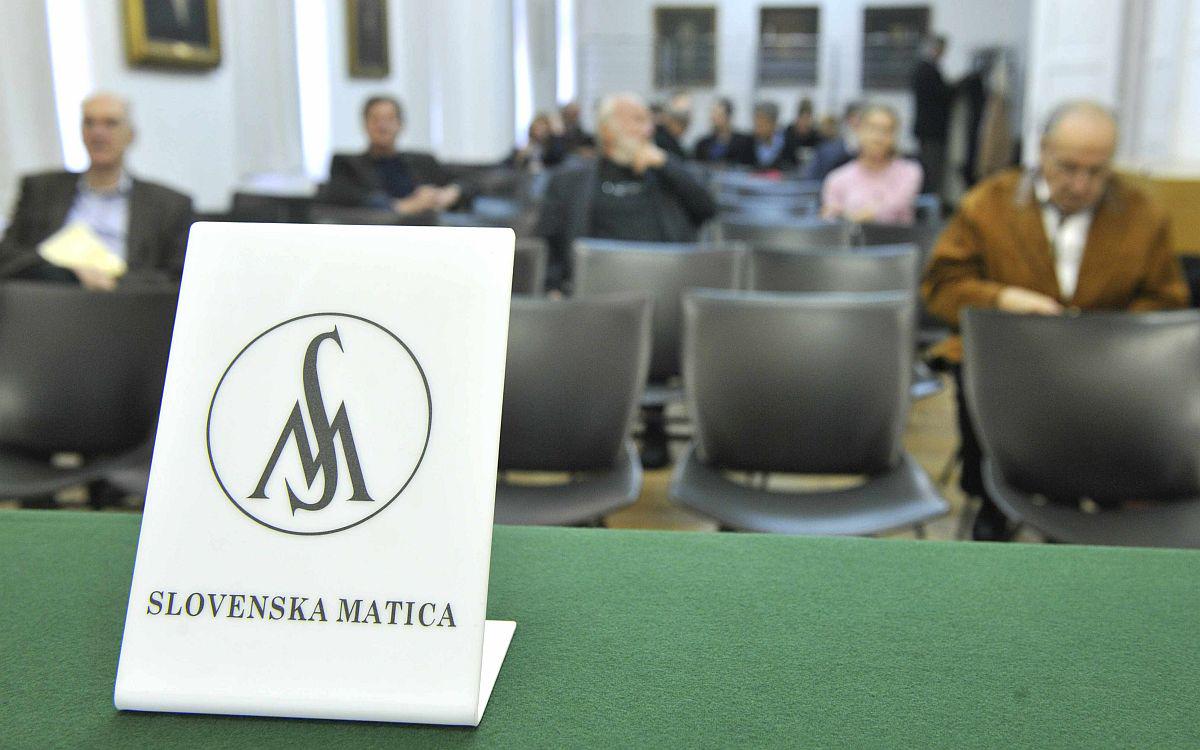
The 19th century was a vibrant era for Slovenian intellectuals. They were fighting for the survival of their language and trying to convince their peers that their mother tongue was just as versatile, useful, and valuable as German, which dominated the Hapsburg Empire. An organization known as Slovenska Matica played vital role in this process, mostly by making thousands of books available to the people of Slovenia in their own language.
Slovenska Matica – loosely translated to the Slovenian Society – was based on similar organizations set up in parts of Austria-Hungary inhabited by Slavic peoples. After several years of preparation, the project was launched by a group of Slovenian intellectuals in 1863 and soon received official approval from Emperor Franz Joseph himself.
The publication of scholarly works became the specialty of Slovenska Matica. It was the first publisher to issue scholarly books in the Slovenian language. At a time, this was a revolutionary development, and it proved to many that the Slovenian language was not just suitable for use by ordinary people, but that it was fully-fledged language, which could easily be adopted by scientists and intellectuals. Soon, Slovenska Matica also established links with prominent universities, giving the Slovenian language unprecedented international exposure.
The organization published much more than just scholarly volumes, however. It also distributed a range of literature – some books even became bestsellers --, maps, and atlases. It distributed Peter Kozler’s groundbreaking map of the Slovenian Lands, which had been banned just several years later. It also published the first world atlas in the Slovenian language.
Most importantly, Slovenska Matica was prepared to challenge the political establishment. When World War I broke out, for instance, it was briefly shut down by the authorities because it had dared to publish a pointed satire of Austria-Hungary’s policies.
After World War II, the organization was nationalized by the Communist regime. Today, it is once again an independent institution and it continues the work that had made it so well-known and respected through the years; it publishes scholarly-yet-accessible books about Slovenia and its people.

































































